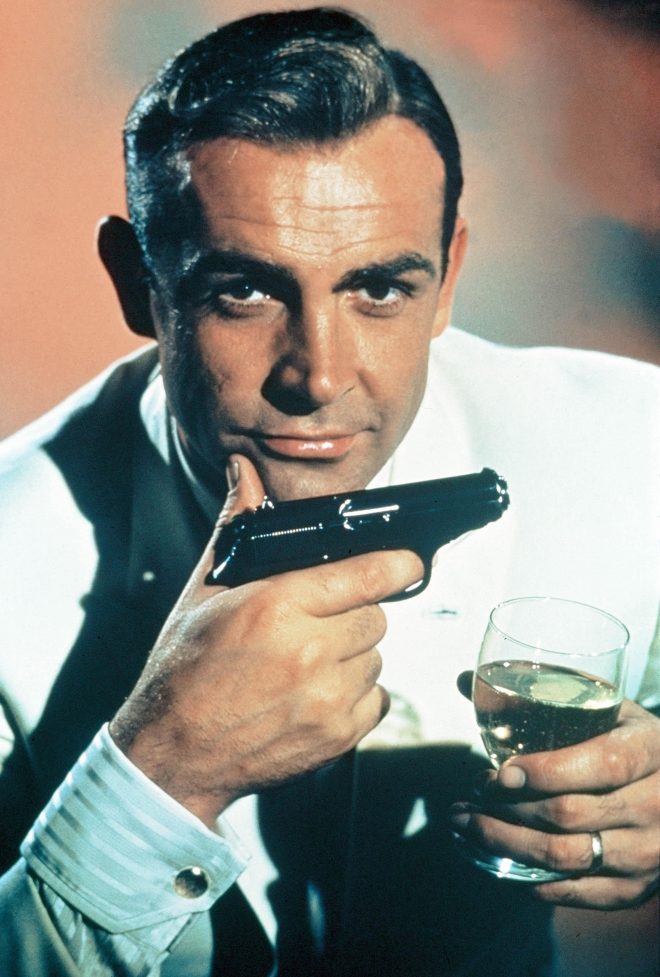
You already thought it but I’ll say it: Bond, James Bond.
Yes, it’s that gun – an undisputed legend of the silver screen. The Bond movie franchise made the sleek, refined Walther Arms’ PPK famous in the hands of the British super-spy, but the gun has a rather checkered (pistol grip pun intended) and interesting past that predates smooth and suave Sean Connery as 007.
The Original Polizeipistole
The original Walther PP (Polizeipistole or police pistol) was a series of small handguns created by Walther in 1929 for German police and military. Wildly successful, the PP inspired lookalike pistols from several European manufacturers, including the Soviet Makarov, the Hungarian FEG PA-63, the Polish P-64, the American Accu-Tek AT-380 II, and the Argentinian Bersa Thunder 380.
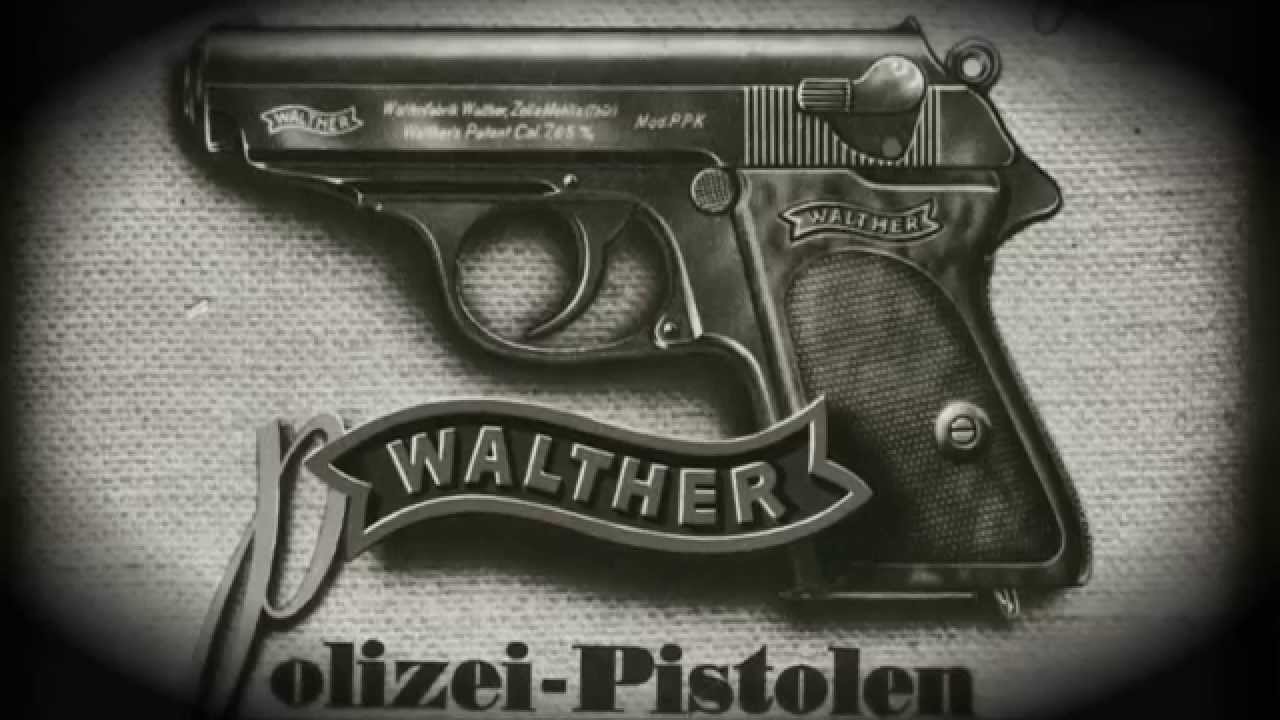
As is often the case in the gun world, legislation messed things up, forcing Walther to get creative with the production and distribution of the PPK, thanks to the Gun Control Act of 1968, which, among other things, altered the rules about manufacturing guns in the US and set up the Federal Firearms License (FFL) system we have today. Out of the new manufacturing and importing standards came the PPK/S, a more “sporting” version of the pistol that fit the new guidelines, including the need to weight two more ounces. Yes, gun laws can be downright silly sometimes. Who knew?
Of the many PP variants, the most popular by far has been the PPK, which sports a shorter grip and barrel for improved concealability.
The Many Calibers of the PPK
Over the years, the PPK has been offered in a variety of calibers, including .22, .32, .380, and 9mm, and slight variations in the platform. Here are three of the most significant variations:
- PPK-L: A lightweight aluminum alloy frame chambered in .22 and .380 ACP that didn’t make it to the US after the GCA68 restrictions – unless you count the multitude of cardboard boxes that mysteriously found their way into diplomatic pouches throughout the Cold War.
- PP Super: This one had a weird caliber – 9x18mm Ultra – which made it less popular and was eventually discontinued with only 2,000 made after the 9x19mm version became the standard round for German police.
- PPK/E: Similar in many ways to the PPK/S, this variation – available in .22, .32, and .380 ACP – was made in Hungary and used different magazines and several unique internal parts.
In addition to the gun’s fame and fortune in the Bond films, the PPK has its place on the “infamous” list, too.
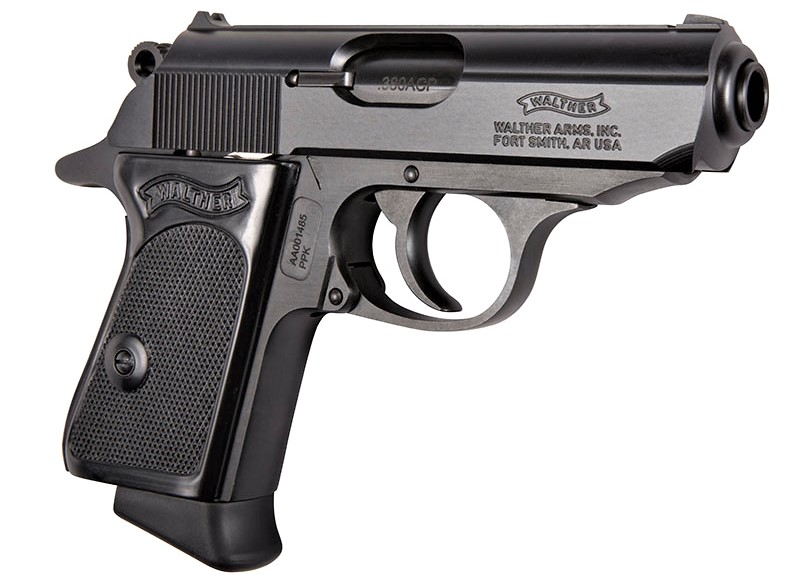
Other Ties to Fame
For example, German’s Fuhrer and coward-in-chief Adolf Hitler offed himself and girlfriend Eva Braun with the .32 caliber version deep inside his bunker as the Russians encircled Berlin at the end of World War II. And South Korean dictator – yes, South Korea was at one time a dictatorship – Park Chung-hee was gunned down in 1979 by Kim Jae-gyu, the director of the Korean Central Intelligence Agency, in a push to return the country to democracy.
Mass production of the PPK ceased in 1992 as polymer pistols gained popularity and metal-framed handguns sales dropped. The gun was still made but in very limited quantities by outside licensed manufacturers. However, Walther, which moved its headquarters to Fort Smith, AR, took a chance with a reintroduction of the PPK in 2018 in .380 ACP. The magazine is a scant 6+1.
For one extra round, you can pick up the sport (PPK/S) version that features a slightly longer grip with a 7+1 magazine.
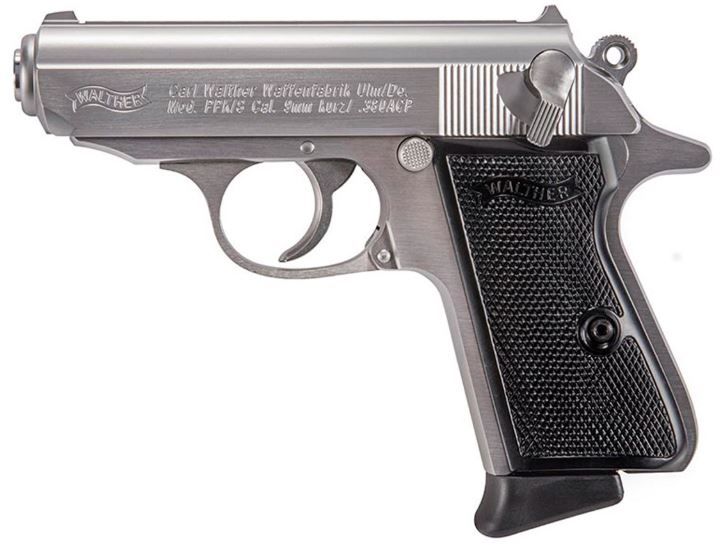
The Walther PPK of Today
Few guns have withstood the test of time like the brilliantly designed PPK. While the PPK is more of a collector’s gun, this snappy, classy little pocket pistol has been quietly growing in popularity as an EDC piece.
Regardless of how you choose to classify the PPK, or whether you prefer it in stainless steel or black, it will forever enjoy a distinguished place in the annals of firearms history.
ABOUT THE AUTHOR:
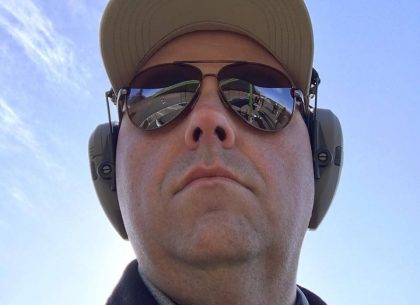
David Workman is an avid gun guy and a contributing writer to several major gun publications. In addition to being an NRA-certified RSO, David trains new shooters on basic handgun skills and CCW requirements and is a strong advocate for training as much as you possibly can. “Real life shootouts don’t happen at a box range.”
![]()
You may also enjoy these popular articles:

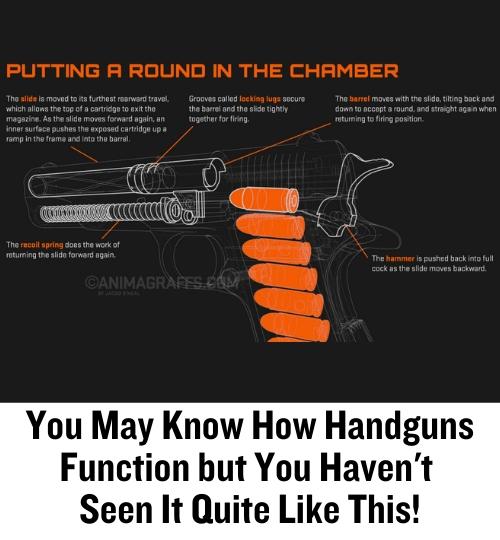
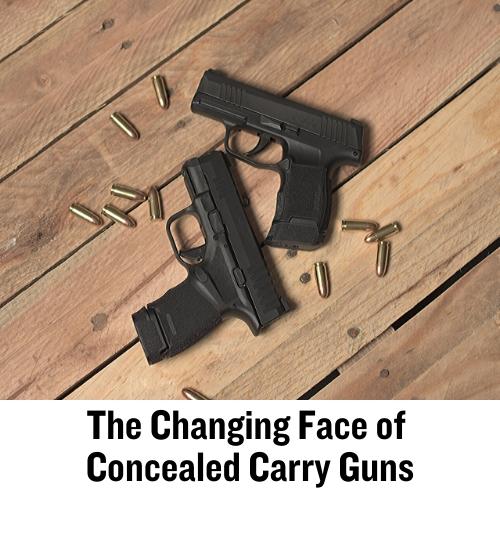
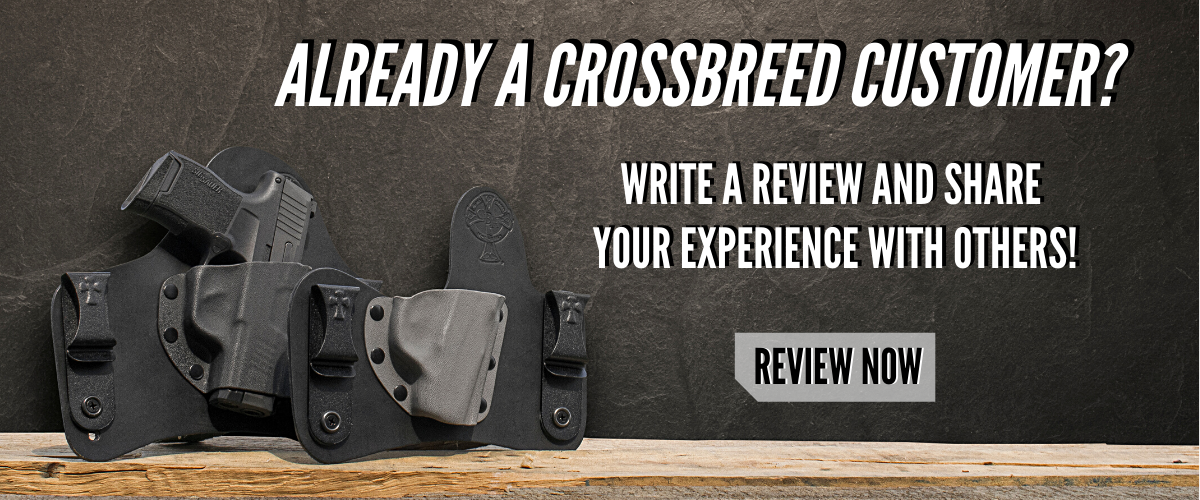
©MTC Holsters, LLC and CrossBreed Holsters Blog, 2020.
Unauthorized use and/or duplication of this material without express and written permission from this site’s author and/or owner is strictly prohibited. Excerpts and links may be used, provided that full and clear credit is given to David Workman and the CrossBreed Blog with appropriate and specific direction to the original content.

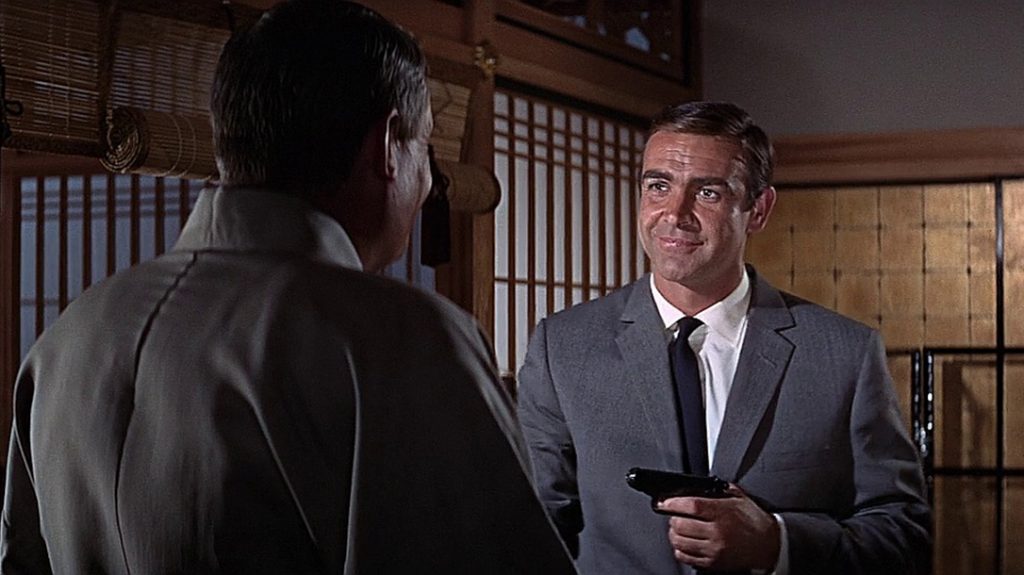
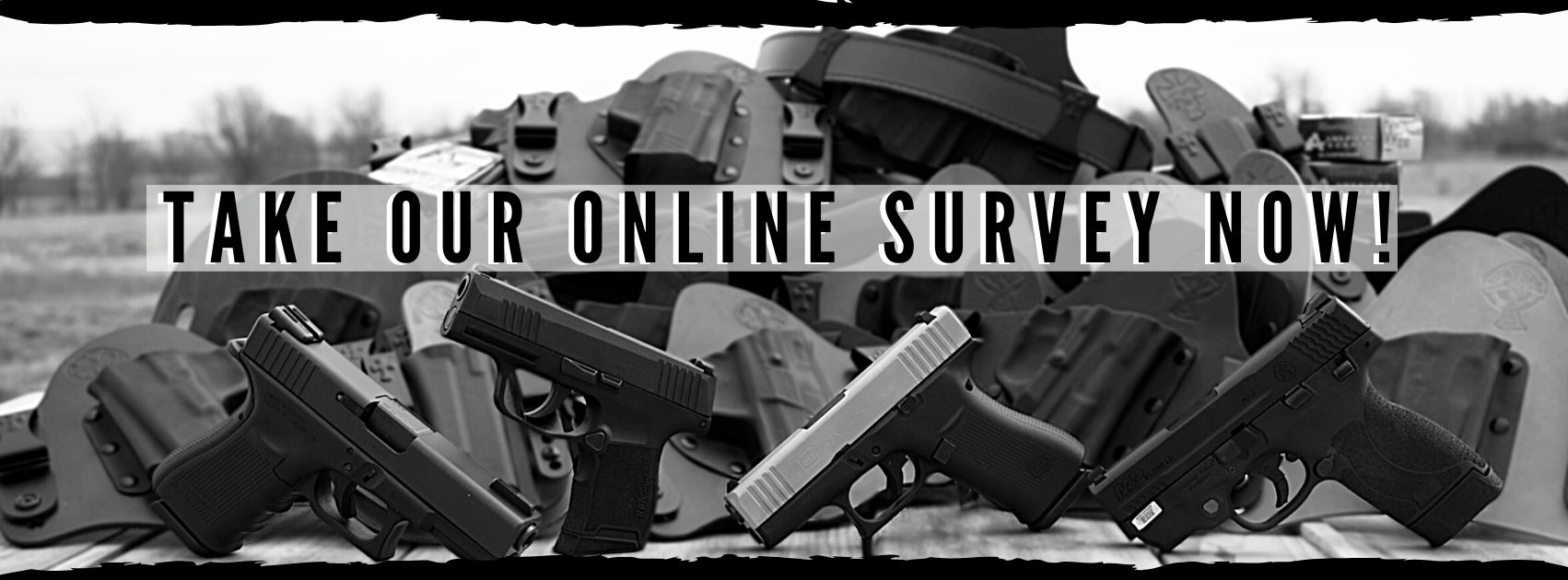
I like to comment on the Walther line of PP pistols. Nothing can compare to the original German mfg ones. Their workmanship even after WW2 and being imported by Interarms was superb. They started to lose their paneche after being made in the US. They are not as finely finished and like most modern handguns they are being cranked out in large numbers. Good quality but not in the old ways as to appearance. Also would Walther ever bring back the model PP in 32 acp caliber? Just wondering.. I would like to buy one if they make one. These old hands are getting a bit sore when firing 357 and up these days. Walther are you listening? Make a Model PP in 32 acp in polished blue finish and walnut grips. Enough with the stainless steels and plastics. However I would compliment Walther on their Model CCP in 380 and 9 MM calibers. I feel that they will eventually become the PPs of today and the future. Just wondering.
They Did Back In WWII ……….. 1943
The Luftwaffe Carried Them, A P.38 !!
I Have One !!
The Walter PPK was offered in .22LR, .25acp, .32acp, and .380acp, never in 9mm parabellum as stated.
As the owner of an original 60’s PP I highly suggest replaceing the extractor sprng and recoil spring. I did not and the extractor went flying. The gun is great but parts are hard to find unless the new parts interchange but I doubt it.